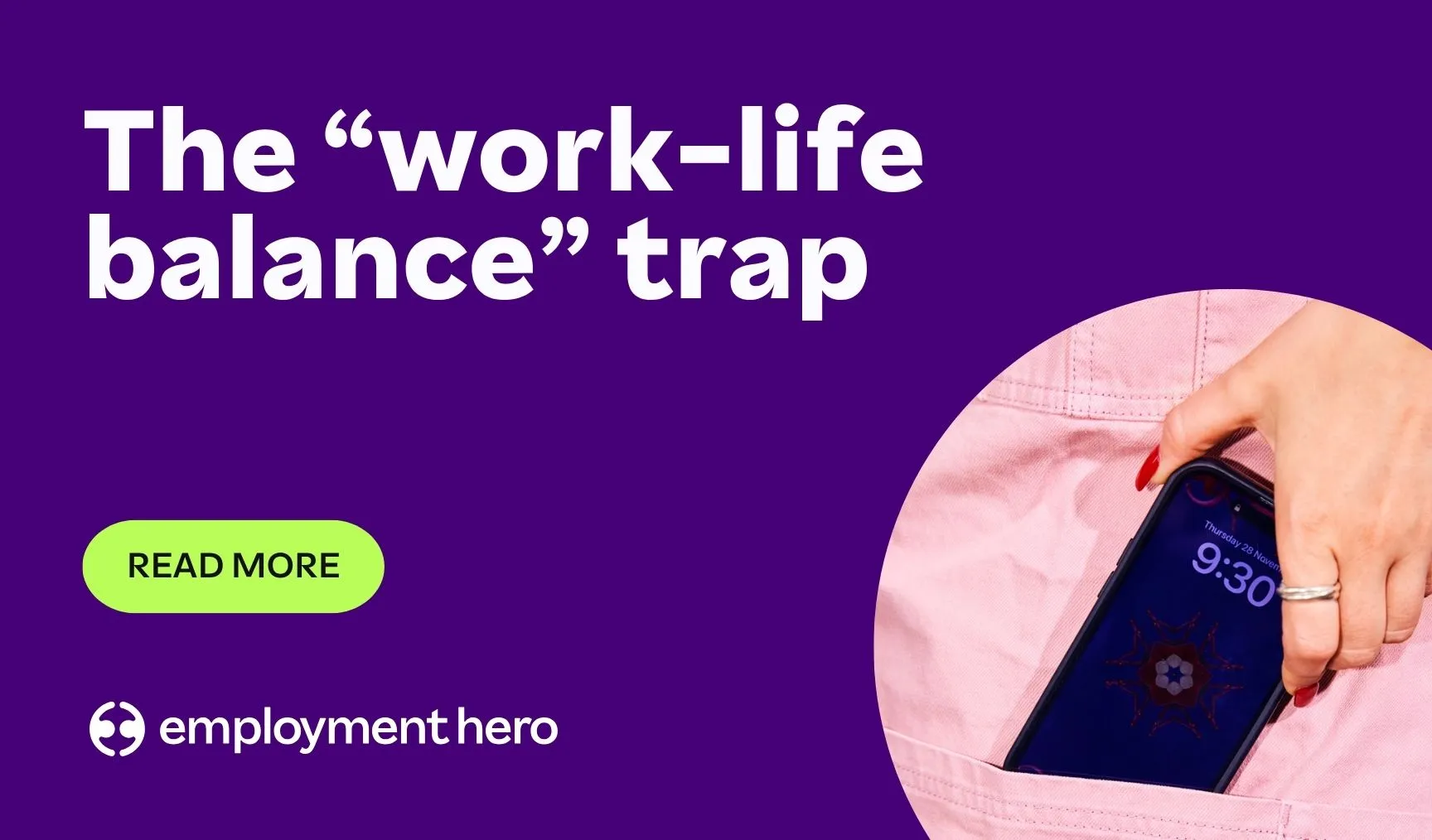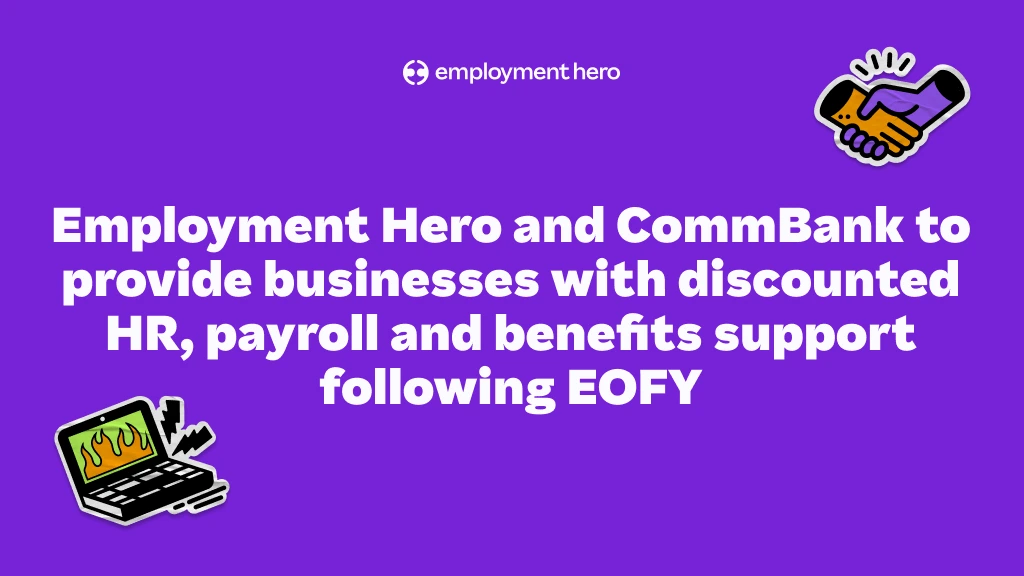Can technology fill the gap of physical connection?
With the virtual world embedded in our daily lives, how can strengthen relationships without human interaction?

Modern technology has a bad reputation for making human beings disconnected from our lives. As our mobile devices and the digital world become a greater part of our day-to-day experience, they indisputably have the power to distract us from our surroundings and affect our human relationships.
The negative impact on the addictive nature of social technology is well documented. Many viewers were left disturbed after watching Netflix’s The Social Dilemma in 2020, as it highlighted how users’ data was being used to make them use social media platforms more compulsively.
A user’s interaction could make them feel more isolated and lead to polarising opinions and behaviours throughout society. The revelations of the documentary led some users to deactivate their accounts or limit use moving forward.
But sometimes – as 2020 has shown us – social technology might be a necessary evil for human beings. In some circumstances, it might actually be a lifeline.
When individuals are isolated for reasons beyond their control, how can modern technology help fill the gap of physical connection in personal and professional lives?
How can we differentiate social media addiction and technological human interactions?
How is technology replacing physical connection?
We’ve come a long way since the days of letter-writing and telephones. Today’s mobile technology makes communication instant, wherever you might be in the physical world.
As the pandemic took away the possibility to connect with others in-person, technology became a critical part of staying connected and an emotional crutch for many.
In our personal lives, instant messaging apps allow us to connect with friends and family members who are located far or near. We can share photos and videos, giving our loved ones insights into our lives that were barely imaginable a decade ago.
The creative social media market also boomed, with TikTok taking out the most downloaded social media app of 2020, second most downloaded overall, and hitting 1 billion users in 2021.
Whilst the app may be a time-suck throughout the day, it accelerates virtual communication, networks and creativity – especially for Gen Z.
There are also some more novel technologies that try to fill the gap in physical human interactions. Apple Watch users can send their heartbeats to each other, with the receiving user feeling the sender’s heartbeat pulsing from the watch.
Other wearable devices include the shirt that lets you hug a friend in real-time and wireless hand-holding devices. Understandably, these devices are not likely to be embraced in a widespread way.
Would you wear the Hug Shirt?
In the business world, technology is also playing a critical role in supplementing physical connection. Whilst the vibe of an office might be difficult to recreate, there are plenty of digital ways for co-workers to connect from a distance.
From video conferencing to instant messaging and collaborative task management systems, recent advancements in technology have been widely embraced during the pandemic. The ‘Zoom Cloud meetings’ app took out the most downloaded app spot of 2020.
💡 Zoom, Microsoft Teams, Slack… What’s the best remote working software for your business?
Read our ultimate guide to remote working to find out what’s right for you, plus everything else you need to know about managing remote teams.
What is lost in technological connection?
Of course, true physical touch is not possible to share through technology. Despite the developments in the wearable technology market, it’s hard to suggest that this is a great substitute for tactile human connection.
Reaching out to touch someone’s hand or sharing a hug is one of the easiest ways to show empathy and share emotions with others. From a professional perspective, having digital-only interactions can mean that you fall physically out of step with co-workers.
So much socialising at work is done spontaneously; running into colleagues in kitchens and bathrooms, having silly discussions before or after meetings or going on coffee runs together.
Some popular thinking suggests that 55% of communication is body language, 38% is the tone of voice, and 7% is the actual words spoken. When you work apart from your colleagues it’s easy to become disconnected from these nonverbal cues which makes it harder to understand their ideas and priorities.

Pros of using technology to fill the gap of physical presence
Prior to Covid-19, Australians already had a huge problem with loneliness. The 2018 Australian Loneliness Report found that 1 in 4 Australians were at the time experiencing an episode of loneliness, with 1 in 2 reporting they felt lonely for at least one day each week.
The report suggests that higher levels of loneliness are associated with higher levels of social interaction anxiety, less social interaction, poorer psychological well-being and poorer quality of life.
Technology can definitely help fill this loneliness gap, and it can do so while keeping us socially distant and healthy. Virtual communication is helping us deal with the lasting requirements of the pandemic, with apps and networking sites providing a social lifeline to those experiencing loneliness and isolation in lockdown.
As in-person catch-ups and international travel remain limited for many parts of the world, technology helps us keep in touch and alleviate the impact of isolation.

Digital psychological services have also become a lifeline to many that are resisting loneliness. An American survey of over 3,000 psychologists found that the use of telehealth had grown dramatically since the start of the virus, increasing from 29% to 83%.
In Australia, the government committed $680 million to a mental telehealth package to help citizens through the pandemic.
Research suggests that there is little difference between conducting therapy sessions face-to-face and online to the individual, and virtual sessions may even be more accessible to those who don’t feel comfortable in a physical setting.
Technological connection vs. in real life connection
Outside of virtual health appointments, it’s challenging for technological connections to live up to day-to-day real-life connections. But there are things that you can do to make your connections more meaningful and fulfilling.
Our suggestion is that technology users should be seeking authentic connections.
When you are reaching out to a friend, family member or new contact via the internet, ask yourself, is your interaction with them authentic or surface-level?
Surface-level communication examples
Surface-level communications can be a fun part of contacting other people, but they likely won’t serve as a substitute for physical interaction.
Examples of surface-level communications could include:
- Sending a friend GIFS, memes or emojis
- Commenting or liking status updates (especially if this is done in tandem with mindless scrolling)
- Liking (but not responding to) messages
- Leaving short comments on message boards or Reddit posts
- Sharing online articles without starting a conversation about them
- Playing an online game with a friend
- Arguing with strangers online (we know this one can be tough to resist, but rarely does it make anyone feel more connected)
Surface-level communications may give you a small reaction in the moment – peppering your day with little laughs, eyebrow raises and fleeting moments of affirmation.
With the sheer volume of online communication, a large amount of your internet-based interactions are likely to fall into this bracket – and having too many of these could indicate the overuse of social media.
They’re not necessarily bad, but they’re unlikely to give you any sense of belonging.
Authentic communication examples
Authentic communication can go ways to forge meaningful connections with friends, family members and colleagues. With authentic interactions, you’re likely to feel seen and heard. They can help you build important emotional bonds, even from a distance.
What are some examples of authentic communications?
- Having some ‘face-to-face’ time. Whether that’s by using Facetime, Zoom, House Party or any other kind of video meeting program, seeing the face of the person that you’re talking to can make you feel more connected. Video chat can also lead to more spontaneous events like you would encounter if you were in the same room, like kids or pets running around. Shared events can make you feel more connected.
- Exchanging funny or friendly voice memos
- Having an extended instant messaging session, where you properly check in with the other person or have an in-depth discussion about a certain topic
Is remote work good for employee wellbeing?
If you can master authentic digital communication at work, remote working may transform life for the better for employees in the long term. Our Remote Working Survey found that, despite the challenges, 84% of people enjoy working from home and 92% would continue to work from home regularly if given the opportunity.
Workers are enjoying the flexibility that remote working enables, and they’re LOVING being able to ditch the commute. It’s likely that beyond the pandemic, remote work will become a standard part of working life.
Hybrid working models, where staff work mostly remotely and attend the office for collaborative working and social events, are also likely to become the norm.
💡 Could your business be a good candidate for remote-first working? Learn more about the remote work trend that’s making waves throughout the world.
There’s no reason you can’t have a great company culture whilst working remotely. Technology can substitute for those everyday team moments.
Slack CEO Stuart Butterfield suggested that transparency could be the key to technological communication.
“Technology can help make a company’s day-to-day culture more transparent,” – Butterfield told the Harvard Business Review. “People develop all kinds of social norms that define a group. Every company has running jokes, catchphrases, special terminology, and jargon, and it all adds up. Making all these elements of company culture more transparent increases everyone’s sense of belonging.”
When you foster a fun style for casual communications and organise regular formal meetings like 1:1s, personal interactions aren’t a necessity for a close team.
Preparing for a technological future
Are you ready to embrace technology for a better world at work? Employment Hero is your helping hand.
Our platform can make managing teams remotely a total breeze. From HR to payroll, tracking incoming applicants and seeking global teams – Employment Hero can transform hiring globally in your business. Speak to one of our small business specialists today.
Related Resources
-
 Read more: The ‘work-life balance’ trap: Why promising it is hurting your SME recruitment (and what to promise instead)
Read more: The ‘work-life balance’ trap: Why promising it is hurting your SME recruitment (and what to promise instead)The ‘work-life balance’ trap: Why promising it is hurting your SME recruitment (and what to promise instead)
For growing SMEs, work-life integration is a sustainable way to support your team and attract top talent. Explore how your…
-
 Read more: Job ad guide: How to attract top candidates
Read more: Job ad guide: How to attract top candidatesJob ad guide: How to attract top candidates
Looking to hire your perfect match? The way you pitch your open role can be the difference between landing or…
-
 Read more: Employment Hero and CommBank to provide businesses with discounted HR, payroll and benefits support following EOFY
Read more: Employment Hero and CommBank to provide businesses with discounted HR, payroll and benefits support following EOFYEmployment Hero and CommBank to provide businesses with discounted HR, payroll and benefits support following EOFY
Eligible CommBank Yello for Business customers will get the first 3 months free on any Employment Operating System subscription with…























